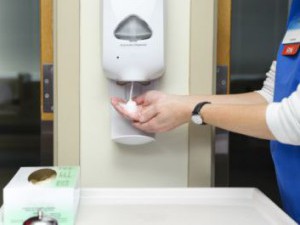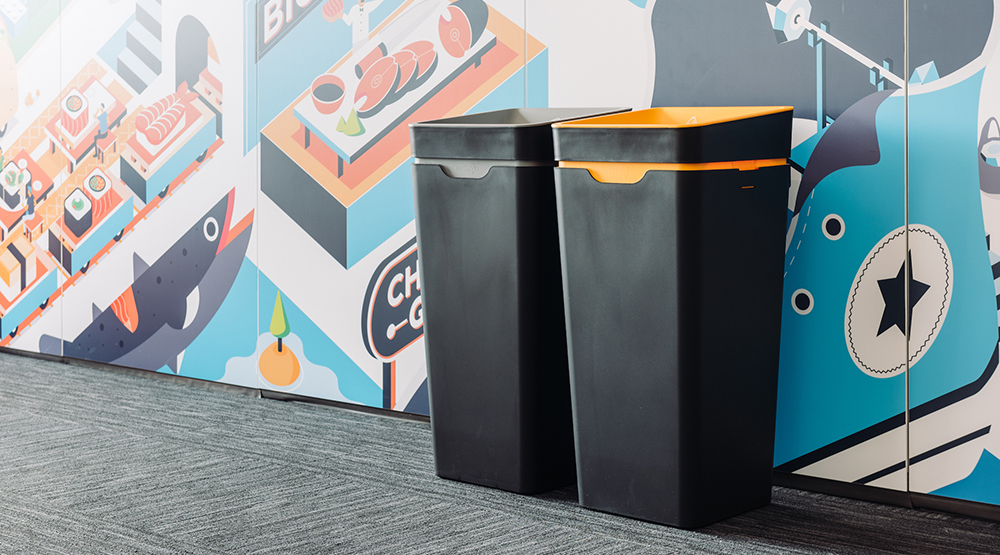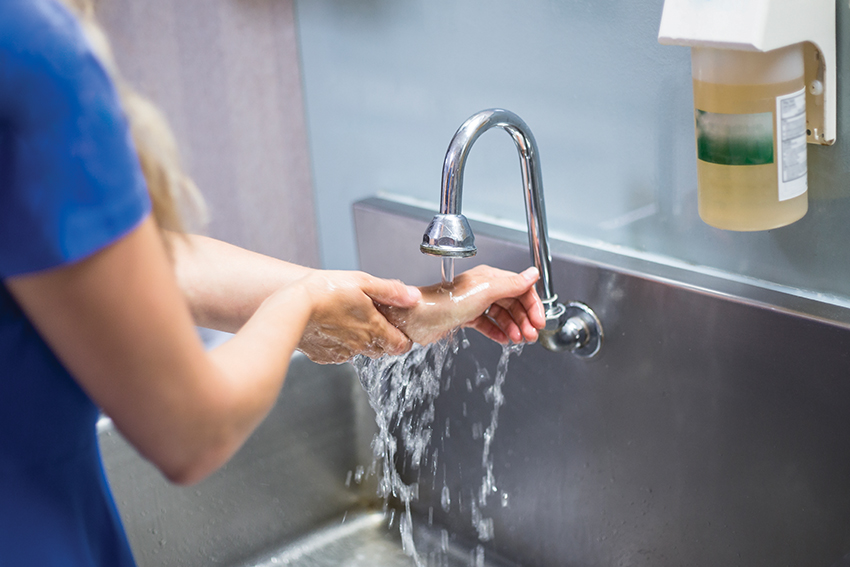
A year on since the start of the global pandemic, many Australian office workers are increasingly returning to the workplace, with a keen focus on staying safe, and a demand for healthy and hygienic workspaces, including shared spaces such as washrooms.
“This global pandemic is the greatest crisis of modern times, and it has fundamentally changed the way we work and our approach and attitudes to hygiene,” says Alex Knox, Dyson VP of environmental care.
“Keeping shared spaces clean has never been so important and we all want to touch things less. We’ve developed a fast, hygienic and touch-free way to dry hands, which comes without the cost and environmental concerns associated with papers towels.
As part of this renewed vigour around hygiene, Dyson commissioned research with an independent laboratory into different drying methods after rinsing hands or properly washing hands and examined the question of aerosolisation, which became a topic of discussion at the beginning of the pandemic.
“We know damp hands can transfer up to 1,000 times more bacteria than dry hands,”[1] says Salome Giao, Senior Researcher at Dyson.
“We wanted to ensure that people are washing and drying their hands properly and dispel any myths around aerosolisation and hand dryers,” she explains. “
Not having a drying option in a washroom due to misinformation can increase the spread of germs and is ultimately unhygienic,” she adds.
In this independent study hands rinsed with water (no soap) or washed with soap for 20 seconds were then dried using Dyson Airblade hand dryers or paper towels.
The objective was to determine the effect of the different hand drying methods on concentration of aerosols and bacteria in air. The study results showed that aerosols can be generated in a washroom due to different activities, such as walking, and using a tap.
It also revealed that in general drying your hands with a Dyson Airblade hand dryer proved to aerosolise no more than paper towels4 and had no significant impact on the surrounding air.
It also showed the increase of aerosols and bacteria numbers after drying with any of the Dyson Airblade hand dryer models is comparable to the numbers obtained when hands are dried with paper towels.
According to the research, 68 per cent of Australian office workers are much more concerned about hygiene at work than a year ago and 63 per cent are wary about returning to the office[2].
The study also found 78 per cent of Australian office workers believe hygiene can be improved in their workplace, with almost eight in 10 saying HEPA filtration in washroom hand dryers is important to them.
In a global hygiene study[3] in July 2020, Dyson examined how attitudes towards the washroom and general hand hygiene have changed since COVID-19 started.
The study revealed that poorly maintained washrooms caused people concern, with 40 per cent worrying about having to press buttons on hand dryers to use them.
58 per cent of those surveyed selected touchless activation of a hand dryer as one of the features that would put their mind at ease if using a hand dryer and a further 47 per cent stated that hand dryers with filters, which clean the air would also make them feel more confident when drying their hands with a hand dryer.
[1] Patrick D, Findon G, and Miller T (1997). Residual moisture determines the level of touch-contact-associated bacterial transfer following hand washing. Epidemiol. Infect. 119: 319-325
[2] Click, Return to Work Quantative Study, conducted in February 2021 with 1,250 respondents across Australia
[3] Survey conducted in July 2020 across 14 countries worldwide (UK, DE, ES, FR, IT, NL, US, CA, MX, CN, JP, MY, SG, AU) with 8,758 respondents in total n=544 in Australia, aged 18 years-old or above. Individual percentages vary per country.
4 Suen et al. 2019 SR and based on bacteria in air and aerosols (0.3 to >5 microns) measured during hand drying in 28m3 test chamber, in a study conducted by independent third-party laboratory.
Comment below to have your say on this story.
If you have a news story or tip-off, get in touch at info@3.106.117.80.
Sign up to INCLEAN’s newsletter





